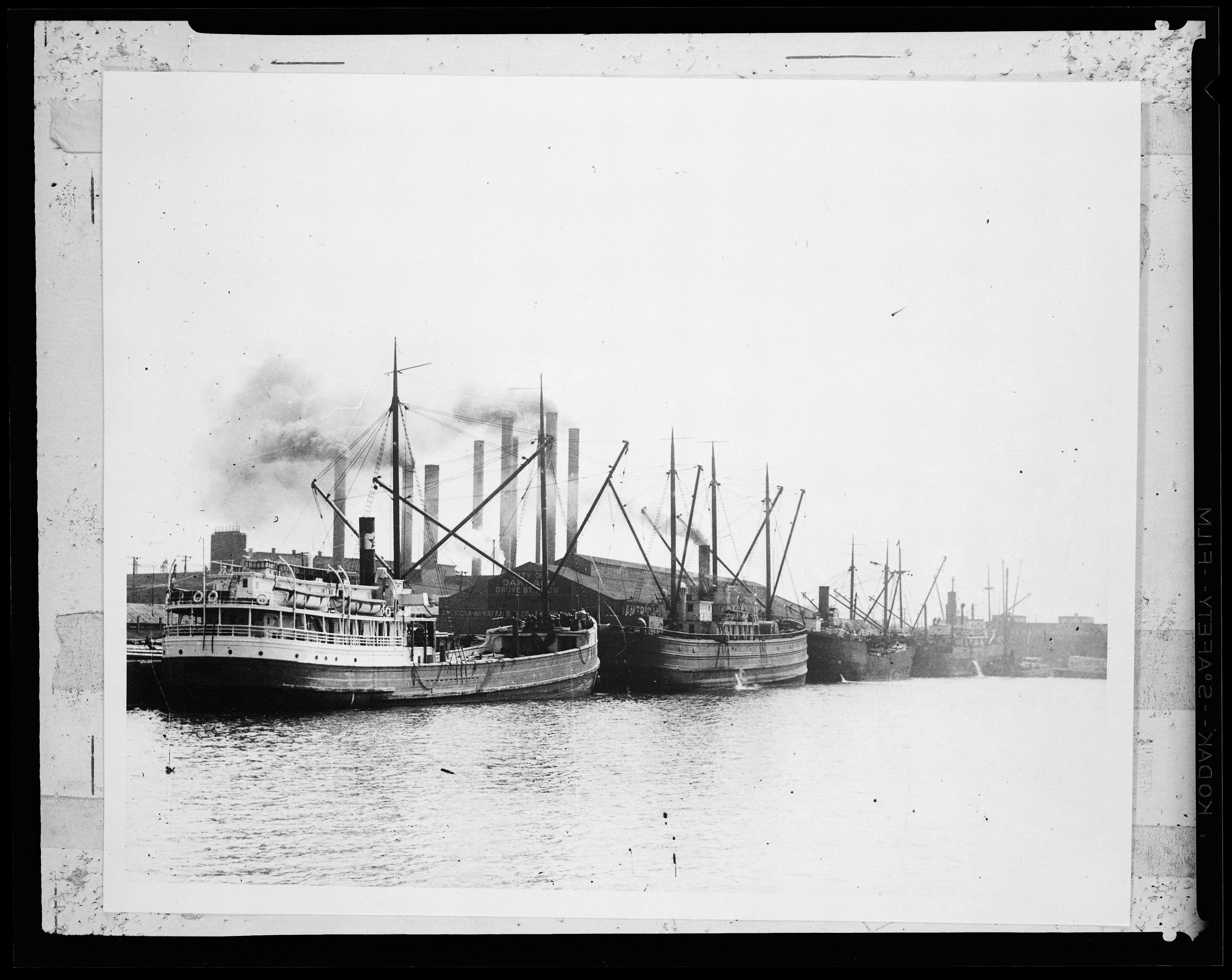This is the first post in a series called “Did the Age of Sail End? We’ll begin with a bit of background about the beginning of steam power and how it changed the way people and cargo moved around the world. By the end of it, you will have seen sailing ships go from workaday waterfront carriers to the bringers of dreams. You might even find yourself on the way to a sailing adventure of your own if you should happen to catch Sea Fever. Don’t be afraid, it’s a perfectly manageable condition, all you will require is regular exposure to life aboard a tall ship. Read on for our first walk down the wharf:
In 1807, the first passengers were carried in vessels driven by steam. For them, it must have seemed a bit like being on the first voyages of Virgin Galactic, freed from the shackles of wind and current. These early trips were in canals or rivers and were not always faster than sail or carriage might have been. Robert Fulton’s Clermont traveling between Albany and New York was the first viable commercial line in America. These vessels were paddle-driven, carried auxiliary sail, and transported light freight.
In 1848, the paddle-driven SS California rounded Cape Horn with gold seekers bound for California. The fares were high, $150 for steerage and double that for saloon passengers, or in today’s terms, $5,000 to $10,000 per person. That bought you a passage of 120 days. The record for a sailing ship, held by the clipper ship Flying Cloud,was 89 days, by the husband and wife team Josiah Creesy, Captain, and Eleanor Creesy, navigator. They set the first record in 1851, then beat their own time in 1854.That record was not broken until 1989.
By 1870, the era of the ocean liner had begun, and the steady march of engine technology allowed steam to overtake the beautiful sailing ships. This wasn’t the end of sail, however. Wind was free, coal was bulky and took up valuable cargo space. General cargo carriers such as our own Balclutha were still being built into the twentieth century, and low value cargoes like grain, guano, and ironically, coal to fuel the steamers, were still transported by sail.
The prosaic steamship could not inspire people as the beautiful sailing ship did, however. Boys still ran away to sea, and though a woman navigator was rare enough to make the newspapers, there were a few women at sea as well, girls sailing with their fathers in fishing vessels and the wives of captains. Most were likely lost to history, but they will appear later in this series, as the age of commercial sail became the age of the last great adventure in the early twentieth century.

Caption: Our own steam schooner Wapama, at the Grove Street Pier in Oakland with Rolph, El Dorado, and Doylestown.
Photo Information: https://npgallery.nps.gov/SAFR/AssetDetail/70547c6a-ef13-4a94-b2fd-00ccc689d5d6
Credit: U.S. National Park Service
